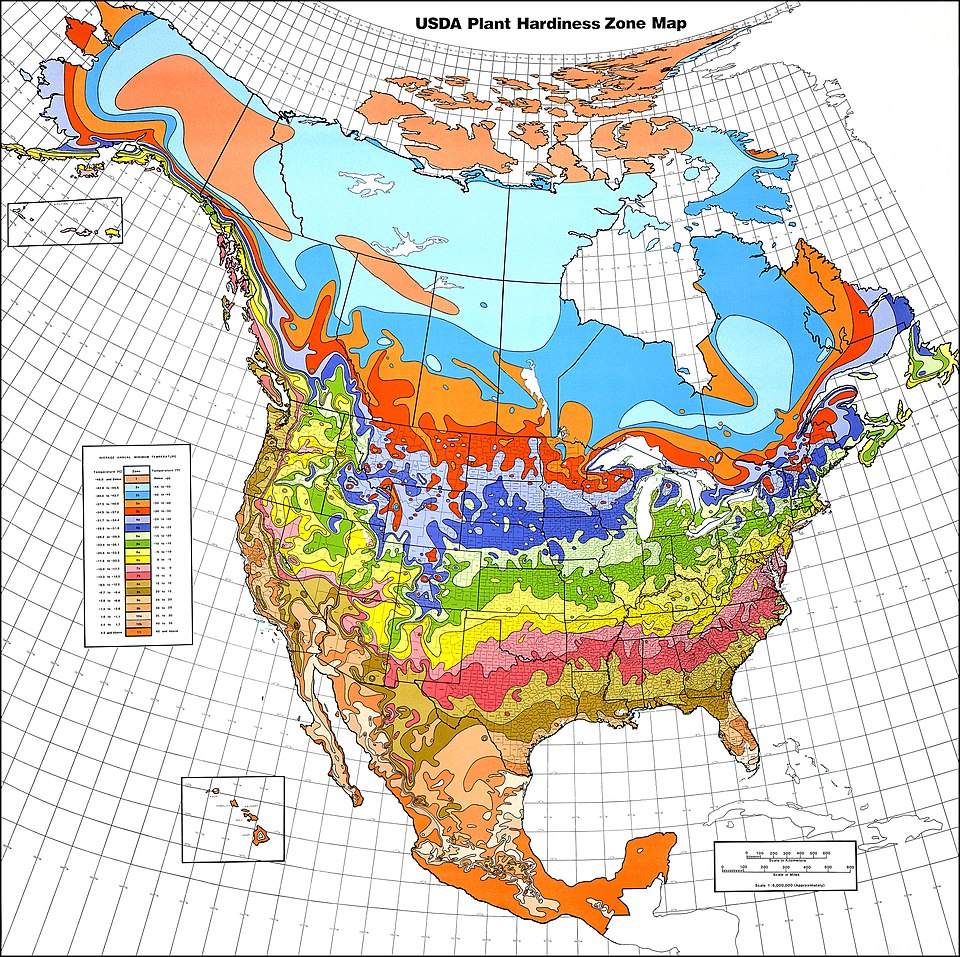Especialidades JA/Jardinería/Respuestas 2
Plant Selection
Popular plants grown from seeds include:
- Corn
- Squash
- Beans
- Radish
- Watermelon
- Carrots
- Peas
- Cucumber
Popular plants grown from seedlings include:
- Tomatoes
- Eggplant
- Peppers
Pest control
When chemical pesticides were first introduced, they were used to the exclusion of all other types of pest control. This had the unfortunate effect of poisoning the environment. In the 1970's this situation was recognized, and Integrated Pest Management (IPM) techniques were introduced. Pesticides are still used, but they are a last resort.
When most people think of pests, they think of insects. In vegetable cultivation, this term should be expanded to include weeds, microorganisms, and mites. Pest control depends on the early and correct identification of the pest. The grower can use cultural mechanical, biological, or chemical controls to reduce the effect of pests. These methods all rely on constant vigilance by the grower.
Cultural Controls include the selection of disease and pest-resistant cultivars. Crop rotation is another important cultural control, as certain pests feed exclusively on one type of plant. Eliminating the plant from the environment for a year or two will disrupt that cycle. Another important control mechanism is to mulch, water, prune, and fertilize the plants correctly. A healthy plant is better able to defend itself from pests.
Mechanical Controls include covering the plants with netting or setting traps for expected (or observed) pests. Pests can also be removed with vacuums or by hand. Hoeing and cultivating around the plants will help control weeds. It is also important to remove infected plants from the crop as soon as possible so that the disease does not spread.
Many insects prefer to feed on the underside of leaves where they will be more difficult for a predator to find. These pests can be discouraged by laying aluminum foil on the ground, shiny-side-up to reflect additional sunlight to the underside of the leaves. This confuses the insects and encourages them to feed elsewhere.
Biological Controls include the introduction of natural predators. For instance, ladybug beetles feast on aphids, and poultry feed on a number of insect pests. Be careful when introducing predators though, that you do not introduce a non-native species which has no natural enemies of its own. This can - and has caused its own form of environmental damage. You can also use commercially available pheromones to disrupt the mating cycle of many insects.
Chemical Controls can be used when all else fails. Selection of a pesticide and a fungicide will depend on the particular pest being combated (which his why proper identification is so important). Sprays are generally more effective than dusts, as nearly all pesticides rely on contact with the pest for their effectiveness. Read the instructions on the chemical containers carefully before using, especially noting whether the chemical is safe to use on food plants. Many times a pesticide will warn against its use for a period of time before harvesting.
Mulch is decomposed plant materials that are used as a planting bed, source of nutrients, and protective top layer that can maintain soil moisture levels and keep heat in.
Hardiness determines the extent to which a plant or tree can tolerate cold or heat. Normally this is measured in cold such as "plant hardiness to 27 degrees." This means that below 27 degrees the plant will begin to be effected by the cold, starting with freezing of leaves and or fruit.
In North America hardiness is classed by hardiness zone (see below). Seed packets usually have a color-coded map on the back showing these zones - and accordingly, an indication of when the seeds should be planted.
Testing germination can be accomplished with a rag-doll test. Note that this is also a requirement for the Seeds - Advanced honor and the Agriculture Honor.
Adventist Youth Honors Answer Book/Germination testing
When preparing vegetables for market, consider the following attributes:
- Ripeness
- Choose vegetables that are at their optimum ripeness.
- Color
- Bright colors are more attractive to buyers than dull colors.
- Size
- Consumers do not like vegetables that are too small or too large.
- Shape
- Look for vegetables that have a "regular" shape.
- Injury
- Choose vegetables that are free from injury.
- Cleanliness
- Wash and trim them before taking them to market.
A vegetable storage bin is a small cabinet with compartments for vegetables. They are often equipped with a wire mesh door to allow air to circulate. Some use solid doors to keep the inside of the bin dark (potatoes will sprout if exposed to light). Some have dark compartments as well as airy compartments to support different types of vegetables.
You can find free plans for a combination bin online at http://www.woodworkersworkshop.com/cached_files/27838_files/
References

